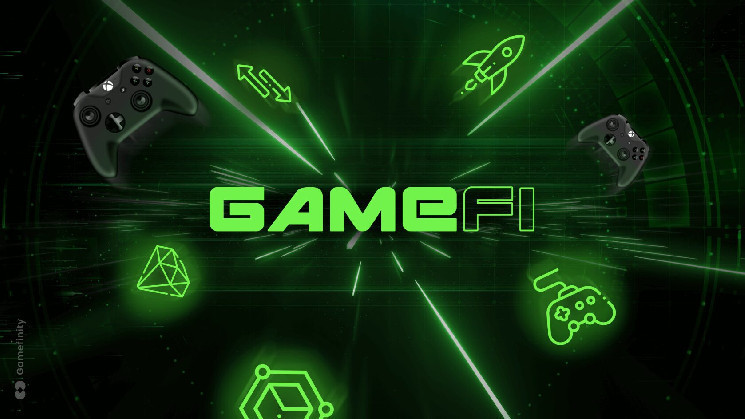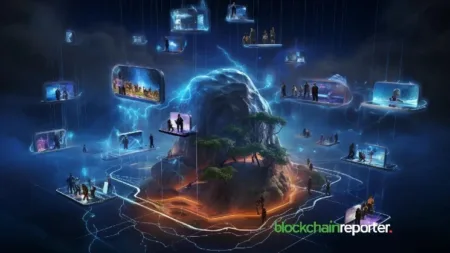- GameFi is projected to grow 68% annually, reaching $301.5 billion by 2030, driven by AAA games and decentralized economies.
- Active communities and scalable blockchain platforms are essential to the long-term success of GameFi’s decentralized ecosystem.
With estimates showing the GameFi market might reach an amazing $301.5 billion by 2030, it is undergoing a major makeover. Driven by a 68% yearly increase, this amazing expansion indicates the great possibilities of blockchain-based gaming.
Recent Nansen research reveals that important factors driving this explosion are the emergence of role-playing games (RPGs), the rise of AAA and AA games on Web3, and creative in-game economy development.
The GameFi market is booming, projected to hit $301.5B by 2030!
Our latest report covers the rise of AAA games in Web3, RPG growth, innovative in-game economies, the importance of community engagement, and how chain performance affects scalability and security
The highlights… pic.twitter.com/xHdEKWkvUy
— Nansen 🧭 (@nansen_ai) October 21, 2024
RPGs and AAA Games Leading the Evolution of GameFi Economies
The emphasis on role-playing games in this paper is one of its best features since, at 22% of Web3 games, they already rule. Because they let users own, sell, and manage in-game assets, including non-fungible tokens (NFTs), these games are well suited for distributed economies.
Along with giving players greater influence, this ownership model creates new financial prospects inside these digital ecosystems. The GameFi space is bringing fresh approaches for gamers to gain real-world value from their gaming experiences as distributed economies and NFT trading allow.
Though only 1% of all Web3 games, the Nansen research also notes the increasing popularity of AAA and AA games in the GameFi sector.
Unlike the simpler, more casual games that have dominated the blockchain gaming market up to now, these high-production value games satisfy the growing desire for immersive, visually rich experiences. These AAA games should be especially important in determining the direction of blockchain-based gaming as more money goes into the GameFi industry.
Token Systems and Community: Foundations of GameFi Growth
Additionally changing are the GameFi economic models. Games like Seraph have brought variable reward loot box systems, which increase interest by surprise mechanics.
Using dual-token systems and collectible NFT marketplaces to provide players real value both inside and outside the game, Axie Infinity and Illuvium have set standards for GameFi economies. These token-based solutions not only involve players but also help to create sustainable game environments that can draw long-term investment and involvement.
GameFi’s success depends increasingly on community involvement made possible via Twitter, Discord, and Telegram. As Nansen’s analysis notes, keeping player interest and promoting adoption depend much on active, energetic communities.
In Web3 games, where user involvement typically spans areas like administration and content creation into spheres beyond mere game participation, this is especially crucial.
Blockchain Scalability and Security: Key to Future Growth in Digital Gaming
Moreover, the success of GameFi projects depends much on the security and scalability of blockchain systems. Key elements for the seamless running of these systems include low transaction fees, high transaction per second (TPS) speeds, and strong security mechanisms.
For example, opBNB provides 10,000 TPS with low fees, and other platforms such as Polygon, Immutable X, and Ronin also have reasonable performance. The need for scalable, safe blockchain architecture will only get more significant as the GameFi industry expands.
Driven by the ideas of distributed ownership, the growth of AAA games, and active online communities, GameFi’s future seems bright. Furthermore, expected to improve the scalability and security required for long-term success in this fast changing sector are developments in blockchain technologies such as ZK-rollups.
Concurrently, a CNF at mid this month’s report revealed that the popularity of memecoins and growing interest in GameFi have been main forces for expansion in the major crypto market.
As we enter the next decade, this junction of creative gaming and digital assets is establishing GameFi as one of the main expansion sectors within the crypto space.
Read the full article here









